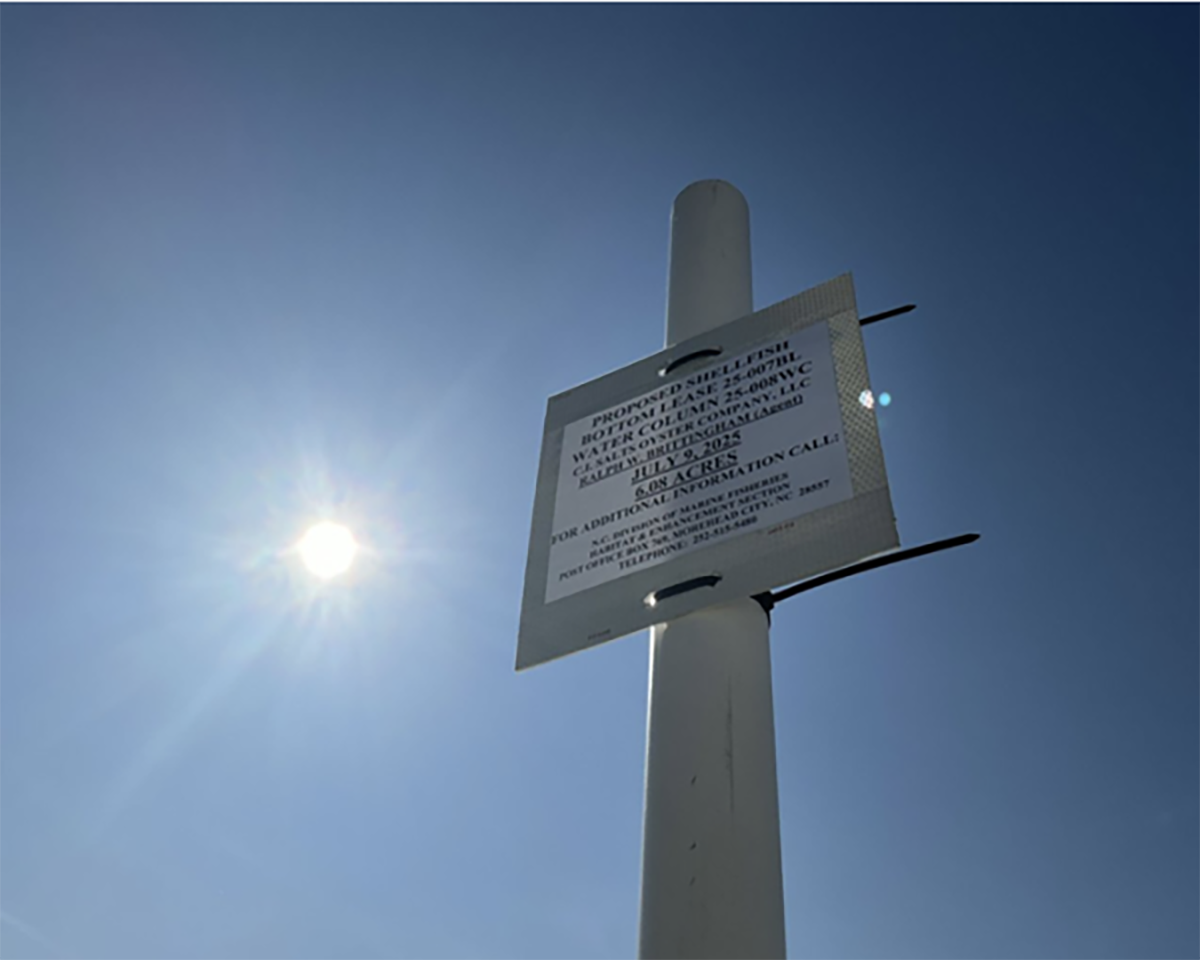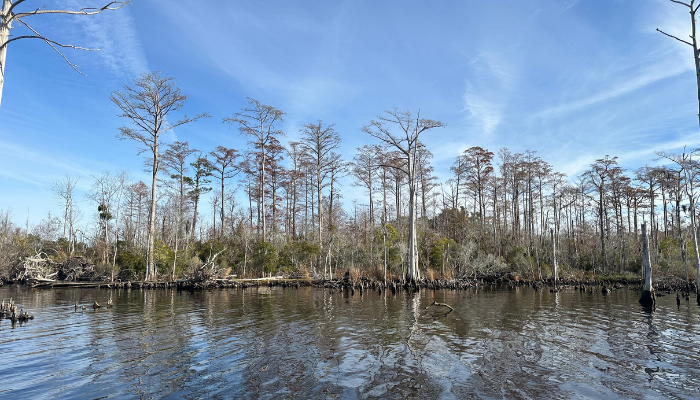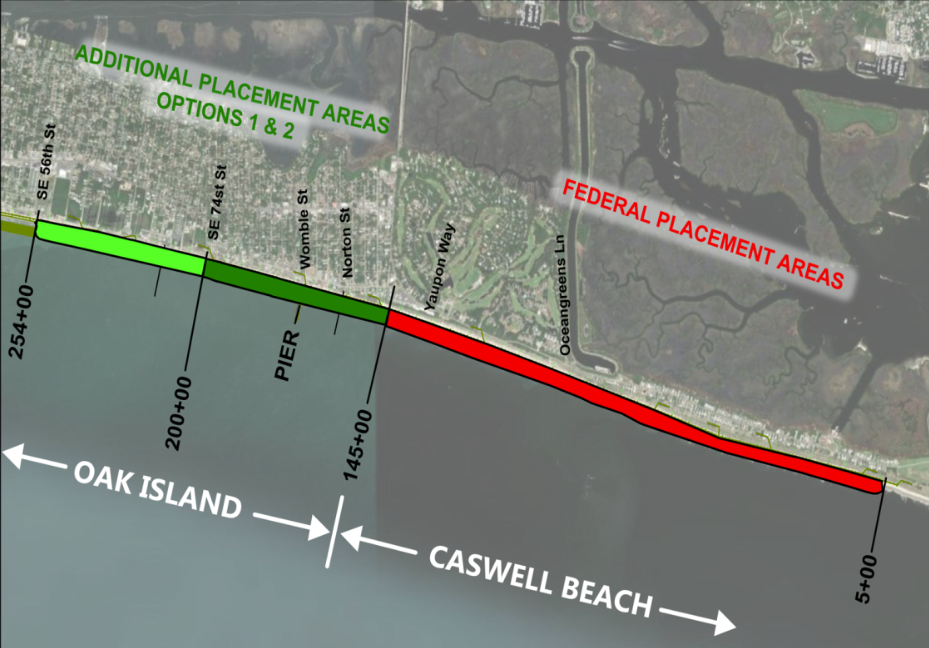WASHINGTON, D.C. – The Department of Energy has marked almost $20 million to be used for research to reduce the cost of offshore wind technologies in the United States.
U.S. Secretary of Energy Rick Perry announced Tuesday that $18.5 million in new Department of Energy, or DOE, funding will be used for an offshore wind research and development consortium that will conduct research specific to the United States, aimed at reducing the cost of offshore wind.
Supporter Spotlight
The consortium will address topics including wind plant technology advancement, resource and physical site characterization, installation, operations and maintenance and supply chain technology solutions.
DOE intends to select an administrator to choose the research and development activities to be pursued by the consortium, which will include members of the offshore wind industry who will contribute funds to the consortium and use the research findings to further advance technologies, the release continued. In addition to this $18.5 million competitive funding opportunity announcement, $2 million will also be allocated to research at DOE’s national laboratories to support consortium research and development activities.
“As the former governor of one of the largest wind producing states, I know the value of wind power in our energy portfolio,” said Perry in a press release. “This work will further DOE’s goal to accelerate the development of offshore wind technologies by supporting fundamental research to reduce the costs of offshore wind energy to successfully compete in regional energy markets.”
“The U.S. is capitalizing on momentum in the nascent offshore wind market, with the nation’s first commercial offshore wind project, the Block Island Wind Farm, and additional projects proposed along America’s coastlines,” according to the press release from DOE. “However, the United States has several specific challenges that require collaboration across the industry to reduce costs.”
These challenges addressed in the Department of Energy blog, Wind On the Waves, include water depth, how storms will affect offshore turbines, and maintenance solutions to address the challenges of building and maintaining turbines at sea.








